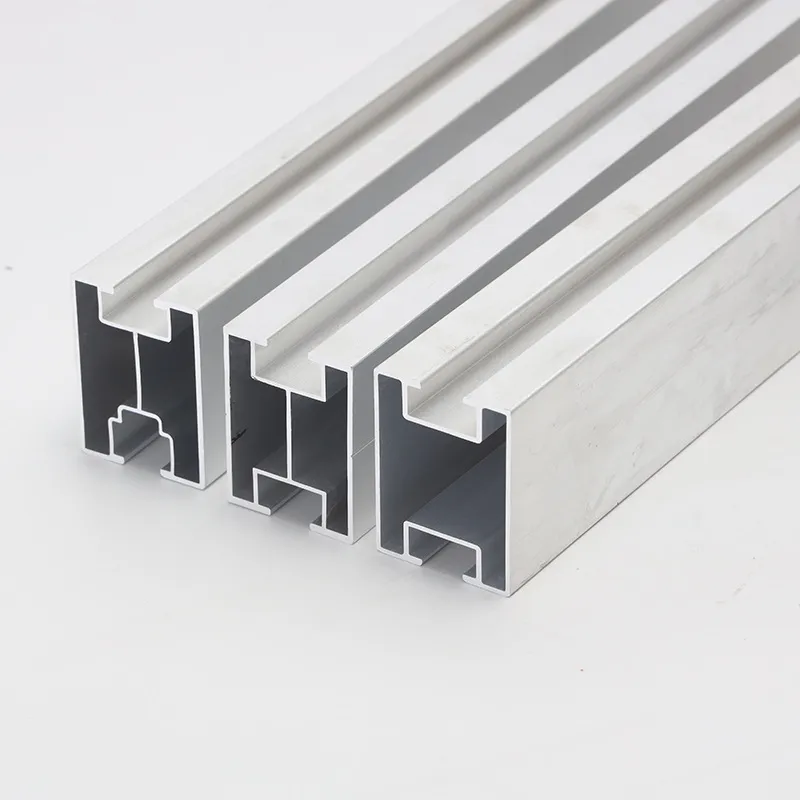

Understanding the Applications and Benefits of Headed Weld Studs in Construction and Engineering
Aug . 08, 2024 05:30 Back to list
Understanding the Applications and Benefits of Headed Weld Studs in Construction and Engineering
Understanding Headed Weld Studs A Comprehensive Overview
Headed weld studs are integral components widely utilized in various industries, especially in construction and manufacturing. These discrete fasteners, characterized by their cylindrical shaft and a distinctively enlarged head, are designed to create strong, permanent connections between materials, primarily metals. Their unique design allows for efficient and effective attachment to parent materials through a process known as stud welding.
What Are Headed Weld Studs?
These studs are typically made from high-strength steel, stainless steel, or other alloys, ensuring durability and resilience under challenging conditions. The headed portion of the stud provides a large surface area for welding, enabling a robust connection that can withstand significant stress and strain. The configuration of the stud, combined with the welding technique used, dictates its strength and application suitability.
The Welding Process
The process of attaching a headed weld stud usually involves arc welding, specifically using an electric arc to melt the base metals at the point of contact. This method ensures that both the stud and the joining material are fused together, creating a joint that is generally stronger than the materials themselves. The process is known for its speed and efficiency, making it a popular choice for large-scale applications such as steel structures, automotive components, and industrial equipment.
Applications of Headed Weld Studs
headed weld studs

Headed weld studs find extensive application across multiple sectors. In construction, they are commonly used for attaching structural elements such as beams, columns, and precast concrete panels. Their strength and precision contribute significantly to the structural integrity of buildings and infrastructure projects.
In the automotive industry, headed weld studs are used to attach components to vehicle chassis and body parts, ensuring that all parts remain securely fastened even under high levels of stress and movement
. Similarly, the electrical industry employs them for connections in various electronic devices where robust and reliable joining methods are paramount.Advantages of Using Headed Weld Studs
One of the primary benefits of using headed weld studs is their ability to create a strong, permanent bond that can endure harsh environmental conditions. Unlike traditional fasteners, such as bolts and nuts, headed weld studs do not require additional materials for installation, which simplifies the design and reduces potential points of failure.
Moreover, the speed of the stud welding process significantly reduces labor time and costs. This efficiency is especially advantageous in large-scale projects where time is a critical factor. The aesthetic aspects are also noteworthy; studs provide a clean finish without protruding parts, which is often desirable in architectural applications.
Conclusion
In summary, headed weld studs serve as a vital joining mechanism in various industries, combining strength, efficiency, and aesthetic appeal. Their unique properties and the reliability of the welding process make them indispensable components in modern construction and manufacturing. As technology continues to evolve, the application and design of headed weld studs will likely expand, further enhancing their role in ensuring structural integrity and performance across diverse sectors. Understanding these fasteners' applications and advantages can aid engineers and builders in making informed decisions that enhance the efficiency and reliability of their projects.
Latest news
-
High-Strength Hot-Dip Galvanized Bolts-Hebei Longze|Corrosion Resistance&High Strength
NewsJul.30,2025
-
Hot Dip Galvanized Bolts-Hebei Longze|Corrosion Resistance&High Strength
NewsJul.30,2025
-
Hot Dip Galvanized Bolts - Hebei Longze | Corrosion Resistance, High Strength
NewsJul.30,2025
-
High-Strength Hot Dip Galvanized Bolts-Hebei Longze|Corrosion Resistance, Grade 8.8
NewsJul.30,2025
-
Hot Dip Galvanized Bolts-Hebei Longze|Corrosion Resistance,High Strength
NewsJul.29,2025
-
High-Strength Hot Dip Galvanized Bolts - Hebei Longze Metal Products Manufacturing Co., Ltd.|corrosion resistance&high strength
NewsJul.29,2025

